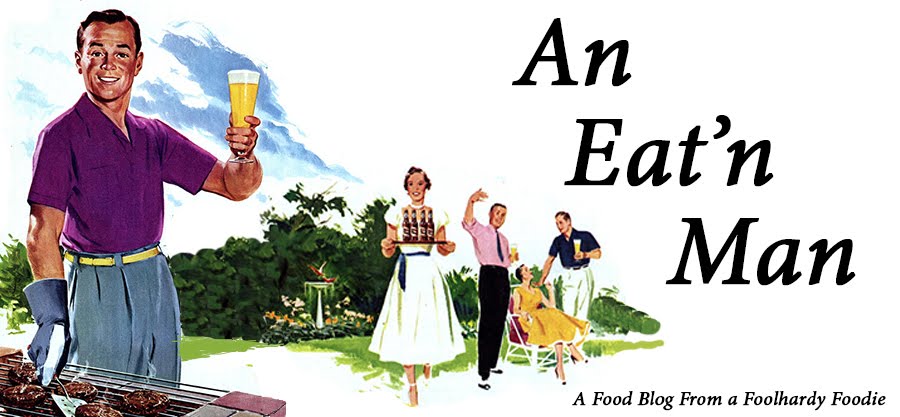Tender, juicy, rare roast beef--is there anything better or more comforting on a cold winter's day? I guess you could say I was raised on roast beef. For pretty much my entire childhood and teen years, Mom made a roast every Sunday like clockwork. It was good, hearty fare, but like most of the meats we ate back then, Mom made her roasts pretty close to well done. I cringe a little bit at that now, but we didn't know any better then.
However, when we would go out to a little British themed place called the Piccadilly Café, the roast beef they carved up there was pink--maybe even red in the center. They served it up dripping with natural gravy and--don't tell Mom--but I liked it better. It was so much more flavorful, succulent and savory. I'd had my first encounter with rare beef--what beef is supposed to taste like.
Years later, as an adult, I tried to replicate this rare beef, but at first I didn't have much success. Sure, I used a meat thermometer, and cooked my roast to a rare temp, but it was only rare in the center, and pretty much well done the rest of the way through. What I wanted was that nice, pink rareness throughout the roast. To achieve this, I took a lesson from my brisket smoking technique and tried doing things low and slow--low temperature cooking for a longer time.
This proved to be the key. Roasting it lower means the roast will cook much more even, and be rare almost to the edge. Keeping the meat at this lower range of temperatures for a longer time also allows the meat's natural enzymes to break down things a bit, further tenderizing the roast.
So, let's get started. First, select your meat. I've found the traditional beef chuck cut to be a little too fatty for my tastes--I go for the round or rump cuts. Beef round is composed of three different muscles, which--when cut into roasts are referred to as Top Round, Bottom Round and Eye of Round. I've tried each of these, and all do nicely with this technique, with perhaps the eye being the best. All three have a rich beef flavor and, while a little tough, they tenderize up nicely with this slow cooking technique.
Ingredients
4 lbs Round Roast (Top, Bottom or Eye of)
1 Teaspoon Salt
1/2 Teaspoon Pepper
3 Tablespoons Olive Oil
4 Carrots, Chopped
2 Potatoes, Cubed
Any of the Round Roasts work great. Here I'm using Top Round.
Preheat Oven to 225˚F
Heat Olive Oil in a skillet. We're gonna first brown the outside of the roast. This will develop some of the flavors we want in the roast.
Salt and Pepper the Roast
If it's got a fat layer on it, you can either remove it or keep it, cutting some slits into it to keep it from warping duing cooking.
Sear the roast in the olive oil on all sides.
Place on wire rack over roasting pan. If you cut fat from the roast, don't discard it--place these pieces on the rack with the roast.
They will render additional drippings in which you can roast veggies.
Roast for an hour at 225˚F. Then toss the veggies in olive oil and place in pan under roast.
There should be some nice drippings in there now that will cook and flavor the veggies.
Roast until internal temperature of meat reaches 115F. About two hours total time.
Turn off oven and let roast continue to cook in cooling oven until internal temp reaches 125F
Slice the roast against the grain in thin slices
Note how there is pink almost to the edge of the roast--thanks to the low and slow cooking technique.
The veggies should look like this now:
If they don't--return them to the oven for a few minutes at 450˚F to brown them a bit while you carve your roast.
Serve with the veggies. And maybe some Yorkshire Puddings, if you like.
.
Until Next Time,
Eat ya some beef!
Chris





























